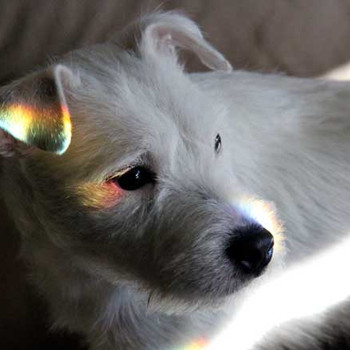Question #922a3
3 Answers
The mass of
First of all, start by writing the balanced chemical equation.
One can see that we have a
The molar masses of
and
The number of moles of
Therefore, knowing the
The mass of
Now, according to the law of conservation of mass, the total mass of the reactans must be equal to the total mass of the products.
Therefore,
The mass is 60g
1 mole of gas occupies
So no. moles
So 1 mole
So
1.5mol NaOH =
1.5mol NaCl =
1.5mol
nb I used 22.4 for the molar volume which is at stp, not ntp which is 24L.
At STP (273.15K and 1 atm) the molar volume of a gas is 22.414L/mol. However, the reaction in this question takes place at NTP (293.15K and 1 atm). The molar volume of a gas at 293.15K is not the same as the molar volume at 273.15K.
To calculate the molar volume of a gas at NTP, you must divide its molar mass by its density at NTP. n.wikipedia.org/wiki/Molar_volume
The density of HCl gas at NTP is
The molar mass of HCl is 36.46g/mol.
Molar volume for a gas at NTP =
The molar volume of a gas used to solve this problem will be 23.86L/mol.
We are ready to begin.
Write the balanced equation so that you can determine the mole ratios of the reactants and products. .
All of the mole ratios are
Determine the number of moles of HCl gas used in the reaction.
Determine the mass of HCl gas in 1.41mol.
Now lets go back to the given equation with the masses of the products given.
Total mass of products =
Assuming the validity of the law of conservation of mass, the total mass of the reactants must equal the total mass of the products, I believe this is what your teacher is looking for:
The mass of NaOH = the mass of the products - the mass of HCl = 114.75g - 51.41g = 63.33g NaOH. However, this is inaccurate.
By using stoichiometry, at NTP ,
Using the molar volume at STP , which is



